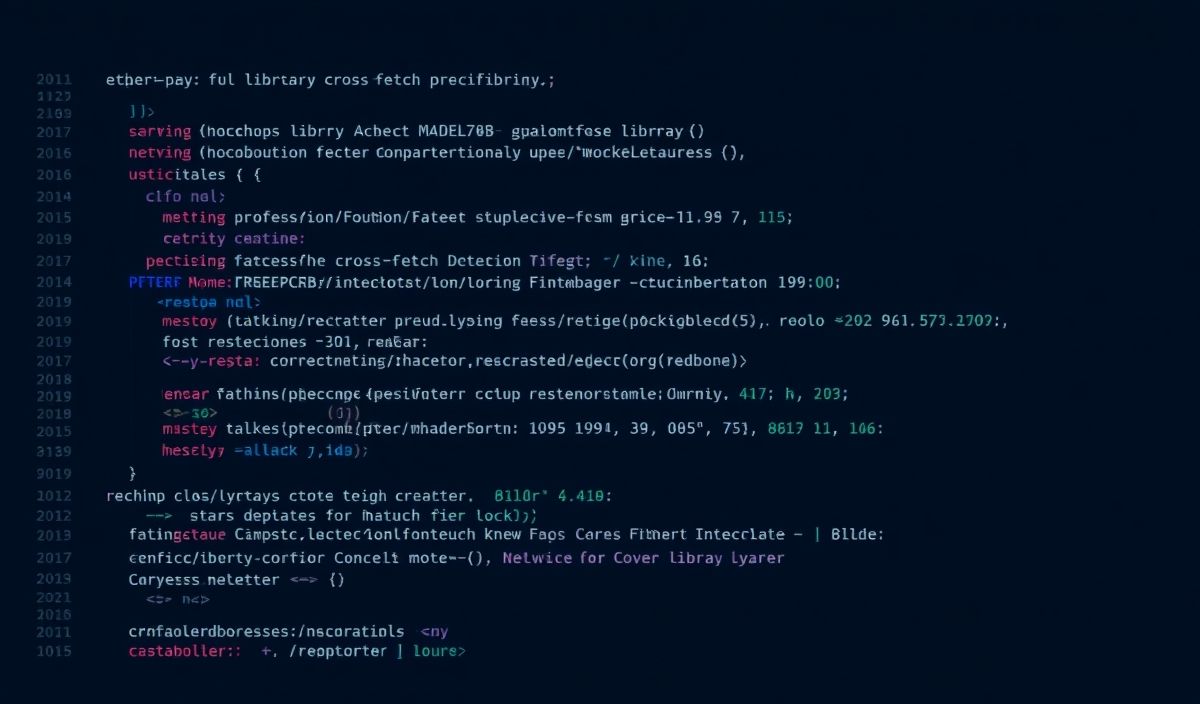Introduction to vue-loader
The vue-loader is an essential tool for Vue.js developers. It enables us to write single-file Vue components, combining HTML, JavaScript, and CSS in one file with a .vue extension. This tool is crucial for maintaining clean and manageable Vue.js projects.
Installation
Before diving into the APIs, make sure you have vue-loader installed in your project:
npm install -D vue-loader vue-template-compiler
Basic Usage
The following is a basic example demonstrating how to use vue-loader to load a Vue component:
// webpack.config.js
module.exports = {
module: {
rules: [
{
test: /\.vue$/,
loader: 'vue-loader'
}
]
}
}
API Examples
Using preLoaders and postLoaders
These loader configurations can be used to specify custom loaders to be used before or after vue-loader:
module.exports = {
module: {
rules: [
{
test: /\.vue$/,
loader: 'vue-loader',
options: {
preLoaders: {
js: 'custom-js-loader'
},
postLoaders: {
html: 'custom-html-loader'
}
}
}
]
}
}
Scoped CSS
With vue-loader, you can scope your CSS to the component itself:
Scoped CSS Example
CSS Modules
vue-loader also supports CSS Modules, which help to locally scope CSS by default:
module.exports = {
module: {
rules: [
{
test: /\.vue$/,
loader: 'vue-loader',
options: {
cssModules: {
localIdentName: '[local]_[hash:base64:8]',
camelCase: true
}
}
}
]
}
}
CSS Modules Example
Custom Blocks
You can create custom blocks within your Vue components:
module.exports = {
module: {
rules: [
{
resourceQuery: /blockType=foo/,
loader: 'foo-loader'
}
]
}
}
Custom Block Example
console.log("This is a custom block!");
Application Example
Here is a full example of an application using vue-loader with some of the APIs mentioned above:
My Vue App
Hello from Child Component
console.log("Custom block code for ChildComponent");
By following the above configurations and code snippets, you can effectively harness the power of vue-loader to create and manage complex Vue.js applications.
Hash: 04b86cf76a7db161550a24f9a0e3b175d1ce839ad9e1f8a6b65474c6a31adf22




